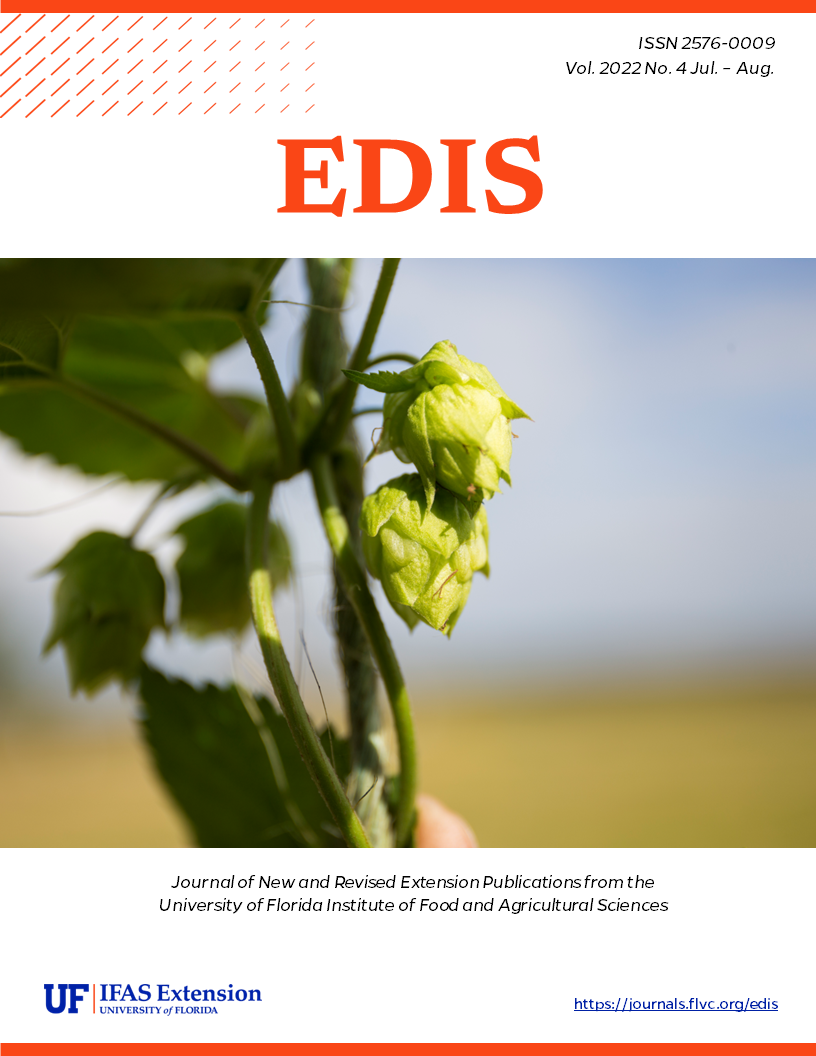Abstract
Management of ammonia, the primary waste product of fish, is critical to fish health, especially in intensive systems. At low concentrations, ammonia causes stress and damages gills and other tissues. Fish exposed to low levels of ammonia over time are more susceptible to bacterial infections, have poor growth, and do not tolerate routine handling well. At higher concentrations, it will kill fish. Many unexplained production losses have likely been caused by ammonia.

